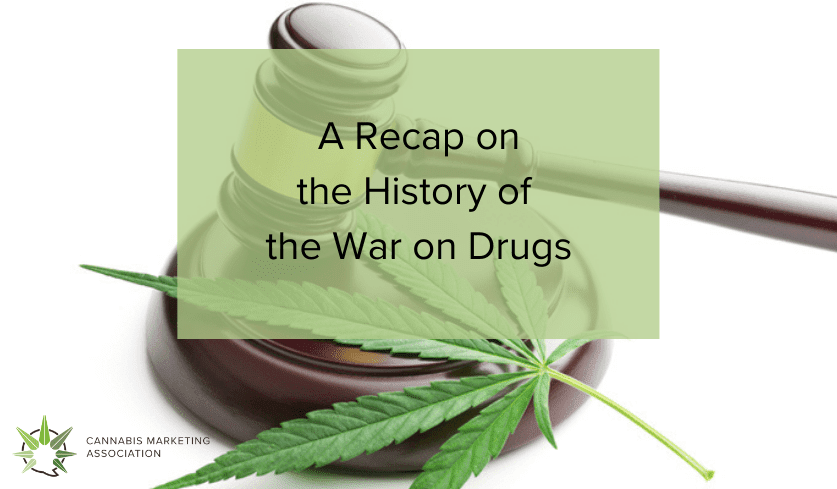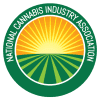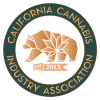A History Recap of the ‘war on drugs’
Despite detrimental implications, the prohibition of cannabis has become a societal norm for nearly eight decades.
As the cannabis industry becomes more widespread, it is easy to forget the past, especially when the past has had a colossal negative impact on our society. As times are changing, it is vital to take a step back, examine our history, and make amends.
What is the war on drugs?
The ‘war on drugs’ refers to the government-led global campaign initiative that aims to stop illegal drug use and distribution by dramatically increasing prison sentences for both users and dealers. It began during the Nixon administration when President Richard Nixon called for the war in 1971. During this time, the government approved harsher sentencing laws and increased the drug policy laws in the United States.
The administration set in motion disastrous events that disproportionately targeted communities of color.
Why was cannabis illegal in the first place?
In the 1970 Controlled Substance Act, passed by the Nixon Administration, cannabis got classified as a schedule 1 drug. Meaning that the government classified cannabis/marijuana as high risk for addiction with little to no evidence of medical benefits. Today, we know this isn’t true and that cannabis holds many medical benefits, so why would the government classify the drug as a schedule 1?
Medical Marijuana cards highlight the apparent hypocrisy in our drug policy.
Since the introduction of cannabis in the United States, society has associated it with two groups: African Americans and Mexicans. Cannabis was classified based on who the drug was associated with rather than based on scientific evidence.
It is important to note that, when the ‘war on drugs’ was declared in the United States, the country was facing racial disparity and cultural anxiety combined. The whole population of urban America was shifting into a melting pot of cultures, and many were scared.
Inciting Hysteria
The majority of the population knew little to nothing about cannabis, mostly since minorities were consuming it. When reports and studies started to shed light on the positive findings of cannabis, the government initiated a purposeful negative narrative for the public.
During a 1994 interview, President Nixon’s domestic policy chief, John Ehrlichman, said,
“We knew we couldn’t make it illegal to be either against the war or black, but by getting the public to associate the hippies with marijuana and blacks with heroin and then criminalizing both heavily, we could disrupt those communities. We could arrest their leaders, raid their homes, break up their meetings, and vilify them night after night on the evening news. Did we know we were lying about the drugs? Of course, we did.”
Hysteria and fear started to become mainstream in the 1980s, during President Ronald Regan’s reinforced drug policies.
Just Say No
IIn 1984, the First Lady launched the “Just Say No” campaign to highlight drug use dangers. Propaganda appeared everywhere that linked cannabis with horror stories. The spread of fake news and the dangers that came with cannabis became ingrained into our society.
The Regan administration refocused its attention on drugs and passed even more severe penalties for drug-related crimes. The 1986, Anti-Drug Abuse Act led to increased jail conviction rates, specifically for non-violent drug crimes. This act established minimum prison sentences for specific drug offenses and disproportionately targeted individuals of color.
To find out more about cannabis-related topics, check out our blog! For more content, become a Cannabis Marketing Association member today!


